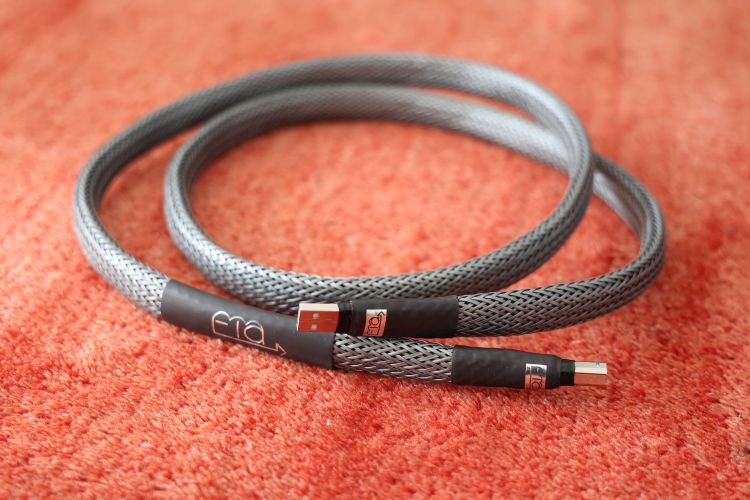
Review sample supplied by Final Touch Audio
Retail prices:
1.0m 1334 CHF ex VAT (approx 1292 euro ex VAT)
1.3m 1518 CHF ex VAT (approx 1470 euro ex VAT)
1.5m 1656 CHF ex VAT (approx 1613 euro ex VAT) (as reviewed)
With the older synchronous S/PDIF and AES/EBU formats, the DAC needs to slave to the clocksignal that is muxed in the music signal while Asynchronous USB lets the DAC be the master. Thus, one could argue that the old formats are by definition less precise. The other side of the coin is that USB is not quite as universal and certainly not as predictably as we might want to believe. USB is actually a tricky format. Influenced not only by cables but also by the implementation of the interfaces on both ends.
Whether it’s down to differences in precision or other factors, in my experience, USB has also always sounded markedly different from traditional digital connections such as S/PDIF and AES/EBU. For a few years now I have been using the Antipodes K50 music server as a benchmark when comparing digital outputs and found that there were redeeming qualities with both kinds of outputs.
It’s not only with the K50, but in my experience, AES/EBU and S/PDIF usually sound fuller and more organic, whereas USB would often sound more transparent and precise. Indeed, it wasn’t until I found the Jorma AES/EBU cable that this format came much closer to USB in terms of precision. I’ve always heard differences among digital cables, but this was when it really sunk in just how much better a high-end cable can be than, say, a standard Belden or even a well-respected pro-brand like Mogami. From that moment, and in large part also encouraged by the purchase of the AES/EBU-only Grimm MU1 music server and various CD transports, I came to prefer the AES/EBU format for its sound quality as well as its predictability.
Over the years, I have reviewed many USB cables but all this time, one cable stuck around as a favorite: the Final Touch Audio Callisto. It wasn’t perfect but it ticked so many boxes, and importantly, all the right boxes, that I kept coming back to it even after competitors managed to outperform it in key areas. In particular, the Callisto was exceptionally fluid and free-flowing, not only more so than other USB cables but also more so than with the AES/EBU and S/PDIF connections.
In 2020, I reviewed the APL DSD-AR DAC and found that its USB input sounded particularly good. And recently, I reviewed the Denafrips Terminator Plus DAC, and for the first time, to my amazement, I found that USB actually outperformed the AES connection. What’s more, this DAC seemed to level many of the differences between USB cables. I can only assume that the company’s proprietary STM32F446 advanced AMR-based MCU solution is largely responsible for this.
For all the other DACs, when the K50 is used as a source, I have so far favored S/PDIF or AES/EBU. At least, where it concerns body, richness of timbre, soundstage depth, and organic flow. In other words, the aspects most associated with the emotional aspect of music. In terms of control or precision, which are more of the cerebral aspects of music, however, it’s not hard at all to beat the old format cables. But then, often, the emotional aspect stays behind. So, in a way, it has always remained a matter of tradeoffs.
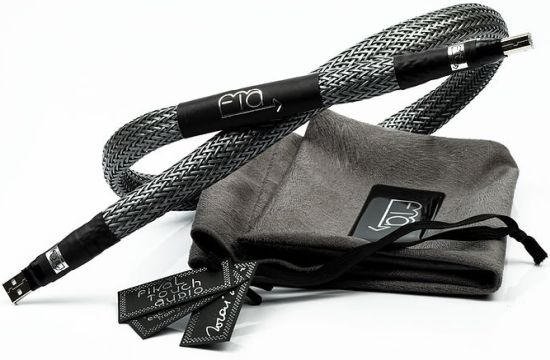
Final Touch Audio Sinope USB Cable
The Sinope is Final Touch Audio’s new Top-Of-The-Line product. Surfing the FTA website, there are some really nice pictures, but literally zero information for the Sinope cable. Well, not that we need that information anyway, do we? As always, I will be listening to the cable and I will of course compare it directly with the Callisto USB cable.
After having completed this review, the manufacturer supplied the following info:
“Sinope is unique in construction, it is 100% hand made and due to this production process, it takes a long time to make one and maintain the quality of the production which in the end affects the sound. Sinope is a combination of ultra-thin copper conductors which are hand-polished and treated with natural oil, along with a silver conductor braided in an inverted helix. They are connected to each other in different places in the cable and wrapped up with cotton. The data lines are shielded with foil while 5v and GND have their own separate protections in relation to the data lines.”
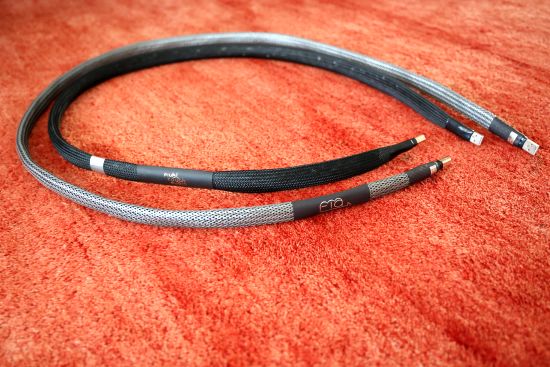
Callisto (in black) and Sinope (in grey)
What strikes me immediately when handling the Sinope USB cable is how much sturdier and stiffer its construction is. It is still easily bendable but easier so in its natural curve direction than to the sides. Whereas the Callisto is super-supple, I’d say the Sinope is “regular” supple according to today’s high-end cable norms. It handles well and I actually like that it feels stronger. Not that I’ve ever had any issues with the Callisto but the Sinope seems like it will withstand rough use and probably earthquakes.
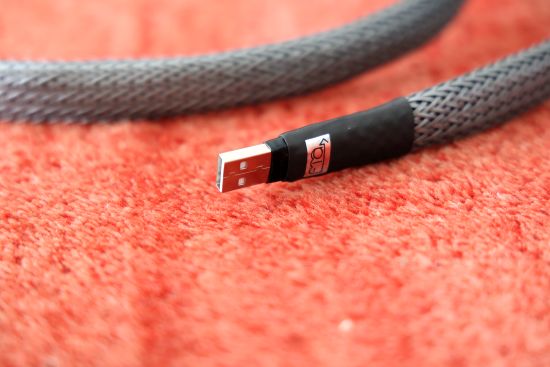
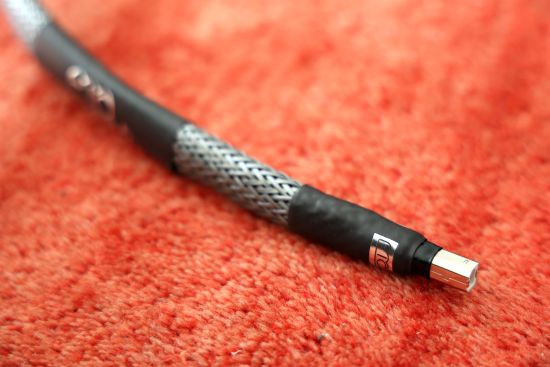
So, how does it sound? To assess this, I will use it in my main setup with the Antipodes K50 and in combination with two DACs: the highly musical Aqua Formula xHD and the very analytical Denafrips Venus II which is the last remaining of the four Denafrips DACs that I reviewed recently. I’d have selected the Terminator for its more ideal sonic balance, but alas, that DAC was already on its way to another reviewer. The Venus is extremely revealing almost to the same level as the Terminator but it is quite controlled and analytical and this could add up to too much if the connecting cables would also be relentless. But as I would soon find, I had nothing to worry about.
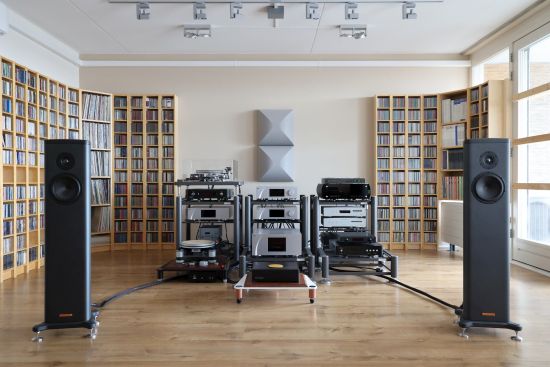
Listening – Aqua Formula xHD
I’ll start with the Aqua Formula xHD DAC, connected using Driade Flow Link Reference 808 RCA interlinks to the CH L1 preamp. As mentioned in the introduction, there are always quite typical differences between connections made with the older synchronous S/PDIF and AES/EBU formats and the more ubiquitous Asynchronous USB connections. When comparing the Jorma AES/EBU cable to the older FTA Callisto with the same DACs, the former is more propulsive and expressive as well as meatier. Could this latter aspect be due to lower accuracy? Perhaps, but on balance, it works out very well. The Callisto USB cable is airier, much more free-flowing, and highly transparent but less impactful, incisive, and robust. And, as always when comparing AES to USB using Antipodes servers, the former provides a deeper soundstage along with a more organic feeling. That’s not any cable’s fault but it’s just how I find that it often is with music servers and not just the various Antipodes models that I reviewed and owned. For instance, I recall feeling the same with the two Aurender models, the Pink Faun 2.16X, and the same is currently the case with the Antipodes K50. With all that said, the Callisto does provide the most fluid and free-flowing sound of all USB cables that I tested, and that’s why it remained my favorite USB cable for so long.
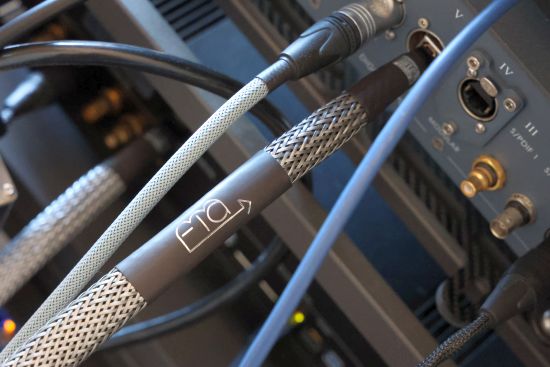
Rather surprisingly, changing the Callisto for the Sinope reverses the situation almost completely! From a little lean and reticent in propulsion and lacking ultimate slam, the bass is suddenly transformed into magnificently robust. I’d say chiseled from granite, but that presumes it’s of the restrained or polite kind which is most definitely not the case. The Sinope’s bass growls and roars, providing truly infectious rhythmic underpinning.
Oh my, was the Sinope USB cable’s bass performance actually better than the Jorma AES cable? All it took was one quick switch back to the AES input to confirm what I already felt in my toes: the Sinope is actually fuller and more robust, and indeed meatier than the Jorma. Now, that’s a first!
Thanks to its fullness and tonal saturation, the Sinope beautifully retains the smoothness and warmth, so long as this is in the recording. Its massively increased precision does mean that the new cable is more revealing of the upstream source and the music files themselves. But even though the musical delivery is considerably more direct and expressive and indeed relatively drier than with the Callisto, I would not classify it as technical or analytical.
While the soundstage depth is not yet entirely on the level of the AES connection (which has more to do with the USB interfaces than the cable), the greater solidity does make the soundstage appear deeper than with the Callisto. Also, I get a strong impression that phasing information is relayed more precisely, judging from the clearer localization of spacious sounds and out-of-phase effects that appear behind the listener.
Guitar strutting and the acoustic piano are also rendered more clearly, enhanced in realism by the increased percussive aspect. And in turn, this greatly enhances the rhythm of the music which again enhances the feeling of listening to live music.
One area where one might feel divided between the Callisto and the Sinope is that of fluidity and flow. Whereas the Callisto has an extremely airy, refined, and smoothly liquid delivery that reminds of the company’s Ganymede XLR cable, the much more present and lively Sinope clearly deviates from this presentation. Because it is so much more energetic and direct, compared to the Callisto, it could be said also to be less gentle and relaxed. But honestly, I strongly feel that the Sinope is the better cable, not only technically but also musically. Like the Callisto, it makes me want to turn up the volume, but more so than the Callisto, it makes my foot tap.
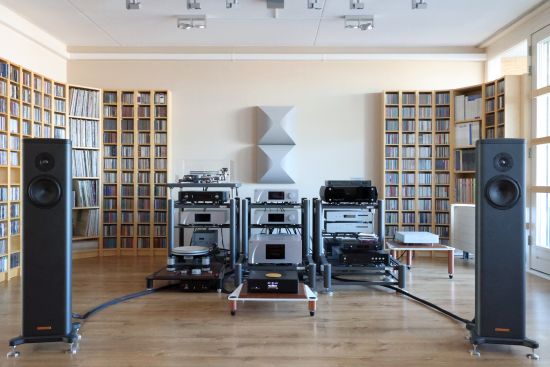
Listening – Denafrips Venus II
Like the Aqua Formula xHD DAC, the Venus II is connected using Driade Flow Link Reference 808 RCA interlinks to the CH L1 preamp.
Not entirely surprisingly, but still amazingly, when comparing the Callisto to the Jorma, as in earlier comparisons using Denafrips DACs, there is indeed less difference between the AES and USB connection. Now, the USB connection is also remarkably spacious, even in the depth plane, and I don’t hear the “boxed-in” or over-controlled aspect that I often hear with the format when using other DACs.
I do, however, still hear the Callisto’s signature fluidity and free-flowing sound as a big floaty cloud, although the reverse side of this is that it is not quite as solid and propulsive as the AES connection. It sure is seductive, but definitely less concrete.
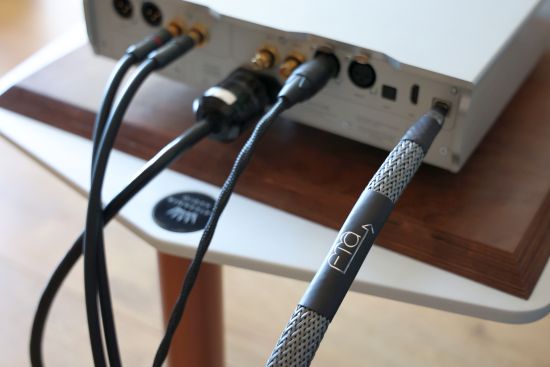
Just as with the Aqua DAC, it only took seconds to realize that the Sinope USB cable is a very different breed. Even if the differences seemed to be less overtly pronounced with this DAC than with the Aqua, it’s immediately evident that the Sinope not only sounds every bit as concrete, present, and lively as the AES connection but also just as detailed and precise. In addition, the Sinope craftily manages to inject the music with a touch of warmth and upper bass fullness, just enough to avoid it becoming lean or dry, as the Jorma can sometimes be. The Callisto’s unique qualities still make it a great cable but the Sinope is more neutral and technically simply better in every parameter while remaining solidly on a musical path.
The new cable definitely also provides higher resolution with a crisper localization of the sounds within the soundstage. Oh, and its soundstage is every bit as deep as the AES rendition. And boy, is this cable ever so positively propulsive!
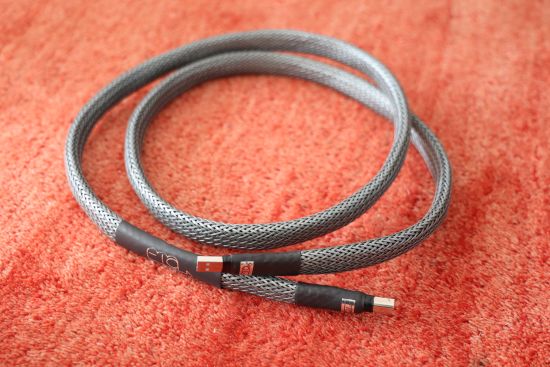
For the first minute, there was a slight lingering doubt on my mind as the Jorma AES cable and the Callisto USB both provided a comparatively freer flow which one could find to be more romantic. But mere minutes later, I found my foot tapping and felt emotionally connected to the music. Yes, the new cable is certainly more concrete and, with it, more honest. Depending on the quality of the source music and the DAC, it can be more factual and, indeed, less forgiving. But that is not something that one can hold against a cable. After all, isn’t getting as close to the musical truth what we are after?
Of course, I should also reiterate that the Venus II is the cleanest and most analytical DAC in the Denafrips portfolio. With that in mind, it is even more amazing how well the Sinope succeeds in turning in a better performance in every audiophile parameter without tipping over into killing the music with an abundance of control. Even with the analytical Venus II, the music retains all of its nuances without becoming overly controlled.
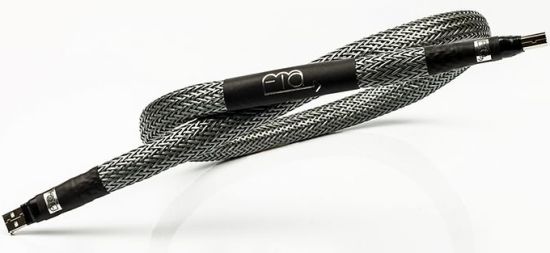
Conclusion
After all the USB cables that I reviewed, at some point, I truly felt that I had heard it all, and there were no more surprises for me in store. Against this backdrop, it’s an absolute joy to come across a new product that is so evidently superior to everything that came before it. My conclusion, quite simply, is that I have not heard a better USB cable than the Sinope.

External Links
Manufacturer: Final Touch Audio
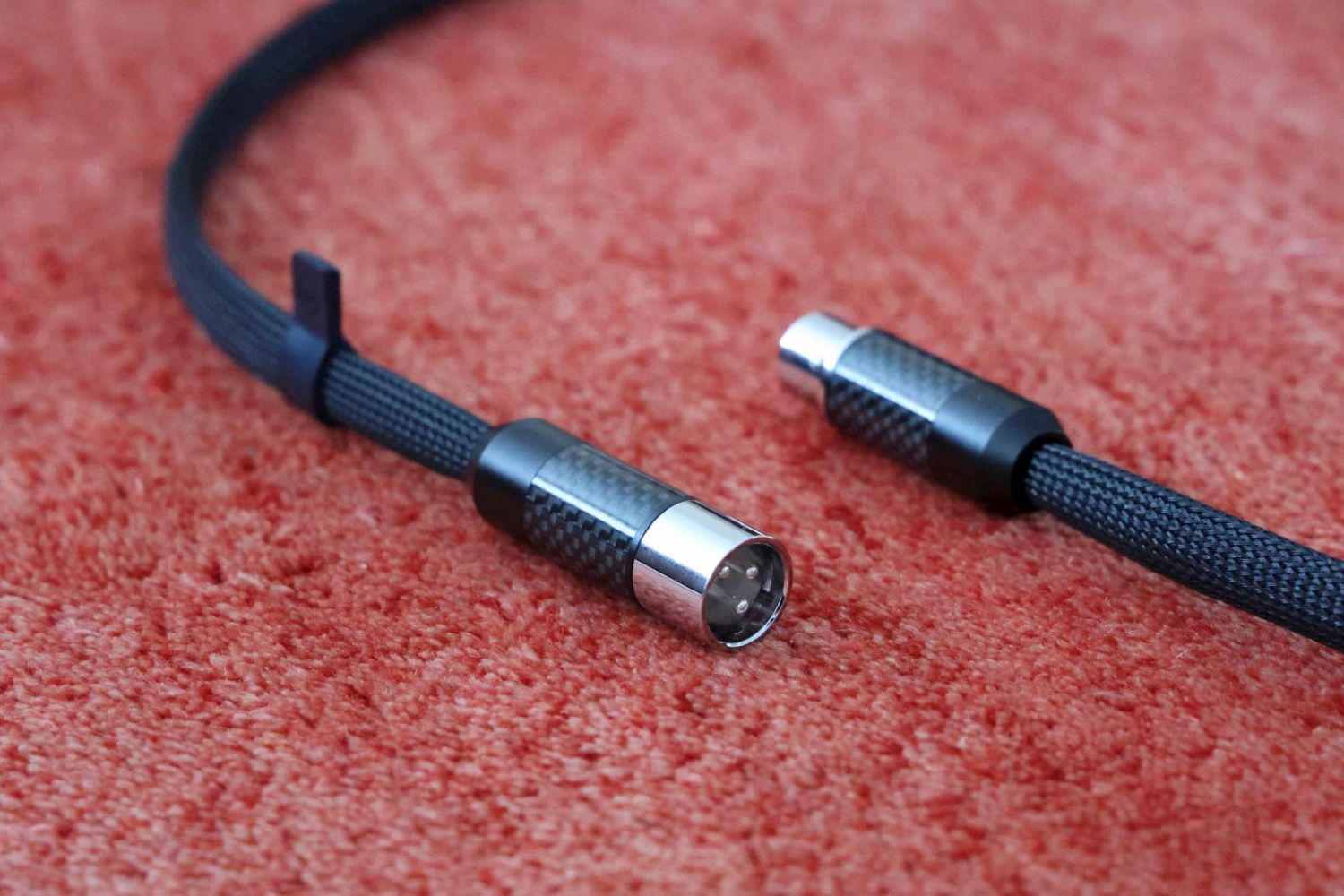
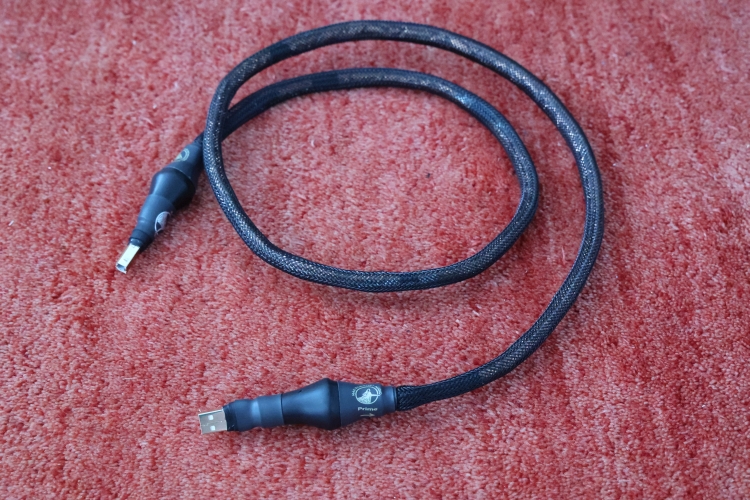
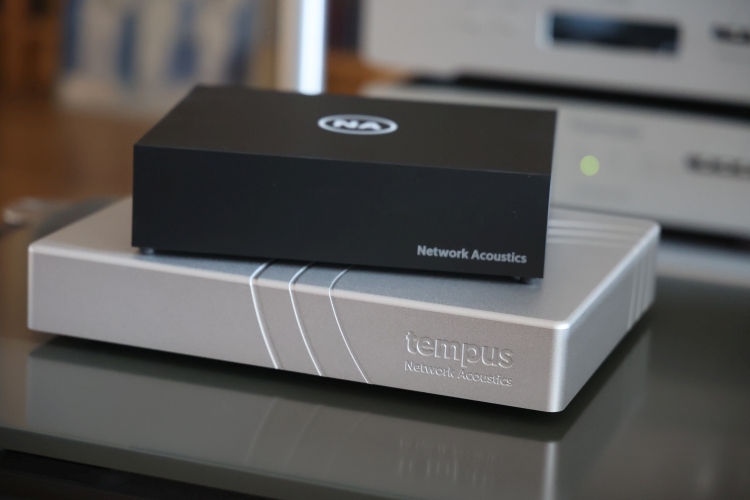

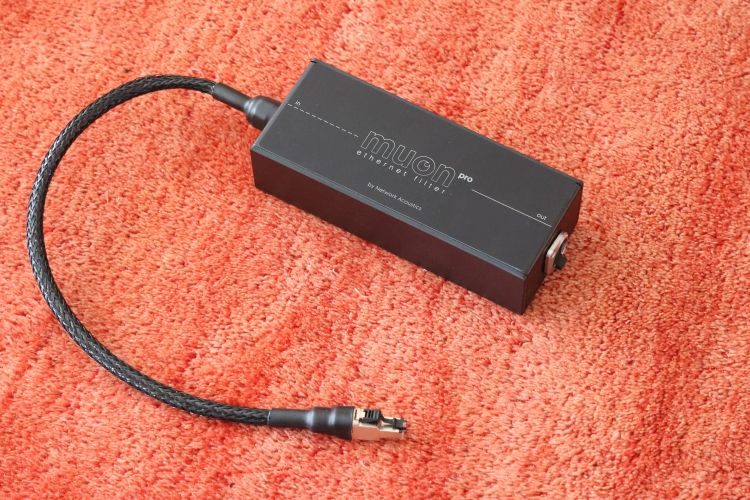
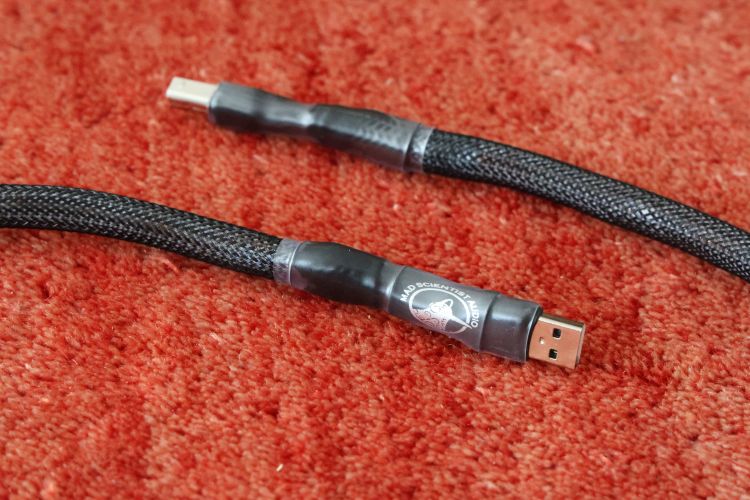
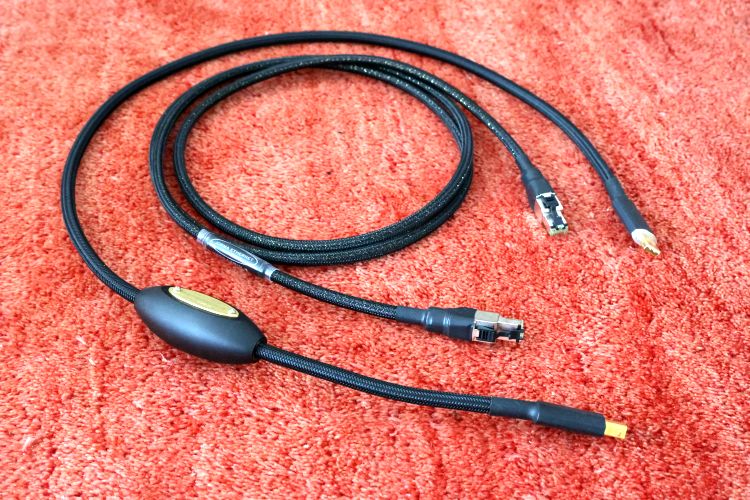
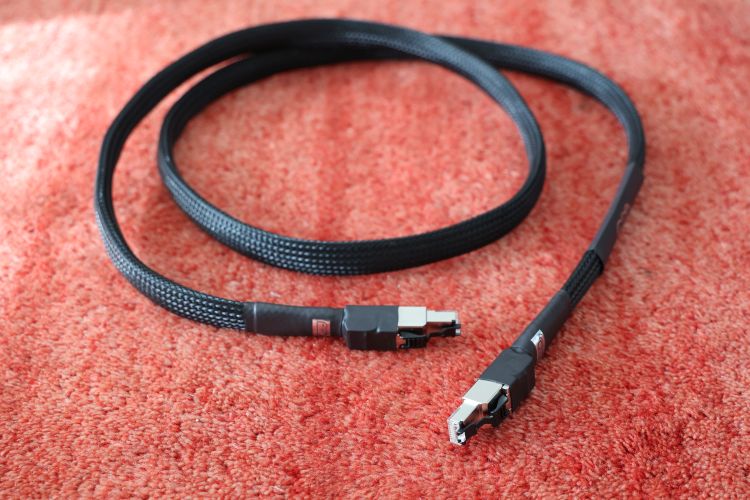
Hi Christiaan,
reading this excellent USB cable review I get the impression that the USB cable might be even more important than the DAC.
So the combined performance of an excellent USB cable like the Sinope with a mediocre DAC might be better than that of a mediocre USB cable with an excellent DAC.
Am I right? Please correct me if I am wrong 🙂
Thanks
Matt
Hi Matt, I’ve thought about this and while it is a nice idea to entertain, alas, it’s just not that simple. Even if you can make a great DAC sound decidedly less great with a poor (or poorly matching) cable, you can’t make a poor DAC sound great with a good cable. For instance, the Denafrips entry-level Ares does not transform into a mid-range Venus even with the best USB cable. There are just too many ifs and buts. Different brands have different sweet spots in their lineup, etc. That said, I think it’s always worth getting the best USB cable that you can afford, but when the cable costs the same as the DAC, you probably have more to gain by getting a better DAC.
Hi Christiaan
Just wondering why you have never reviewed the CAD USB 2 ( similar cost to this Sinope ) You reviewed the USB1 . . . but never the 2 ? I would be very interested to know if this FTA cable is better than that ?
Thanks
Stuart.
Hi Stuart, Indeed, after the USB1, I’ve not been asked to review the CAD USB2, nor do I know anyone who has it. I really have no clue as to how it compares to the FTA Sinope.
Hi Christian
Mad scientist audio recently comes out with Black Magic Ultra USB. Wondering if you have any plan to review that?
I just got the FCGD+ SPDIF recently and very happy with the performance.
As a matter of fact, the new USB cable is on its way to me and you can expect a review soon, probably sometime next month (don’t pin me on this though…)
I have been using spdif as I find usb interface usually sounds worse. Not sure if this will change that perception.
I also just ordered 4 core black magic speaker cable from Bob and hope it is good
Yes, that has always been my perception as well, pretty much irrespective of the USB cable. Pls see my Jorma AES/EBU cable reviews for more in-depth info on that subject. USB is technically superior but it is highly dependent on the quality of the interfaces on both ends.
I personally love the Black Magic speaker cable.
Hello ,
could the Sinope USB cable good pair with APL DSD AR ?
Sinope is made from half silver and half cupper wires.
What is your oppinion – could be pure silver USB cables even better ?
With best regards , Igor.
Hi Igor, the matter of copper versus silver is not as black and white as people make it out to be, it all depends on the design, the geometry, dielectricum, and overall application, amongst others. I don’t find the Sinope to sound silvery at all. There is no brightness or thinness whatsoever. If anything, I’d guess that it used 100% copper. I think it will indeed match very well with the APL DAC, likely enabling it to sound more robust whilst retaining its transparency and nuance.
Hi Christian ,
since you had it on test, I would like to know if, in your opinion, is the Way Cables Champagne Plus USB a better option than the Sinope USB cable with APL DSD AR ?
With best regards, Igor
As always, YMMV, but from my perspective, the WAY cable will not be an ideal match with APL DAC, unless the objective is to obtain as smooth, relaxed, and lush a sound as possible, and one does not mind that this comes at the expense of some amount of bass solidity, PRaT, and dynamic expression. In my view, the APL should ideally be matched with either a neutral or a solid/expressive cable.
Hello ,
” In my view, the APL should ideally be matched with either a neutral or a solid/expressive cable. ”
Can you give an example or two?
Regards , Igor
For the APL DAC, I think that FTA Sinope would be ideal and Jorma USB Reference could also work well. For other recommendations, please see my USB cable reviews.
Hello ,
thank you very much for the advice. I have bought APL AR.
With best regards ,
Igor
Aha! 🙂 If you have additional questions on that subject, please post them under the APL review and I will gladly respond there.
Hoi Christiaan,
Where did you get (buy) your FTA USB cables?
In the Netherlands I can’t find a dealer or shop.
Regards
Rob
They can be hard to source indeed and I don’t know of a distribution channel in the Netherlands. I was in direct contact with the manufacturer.